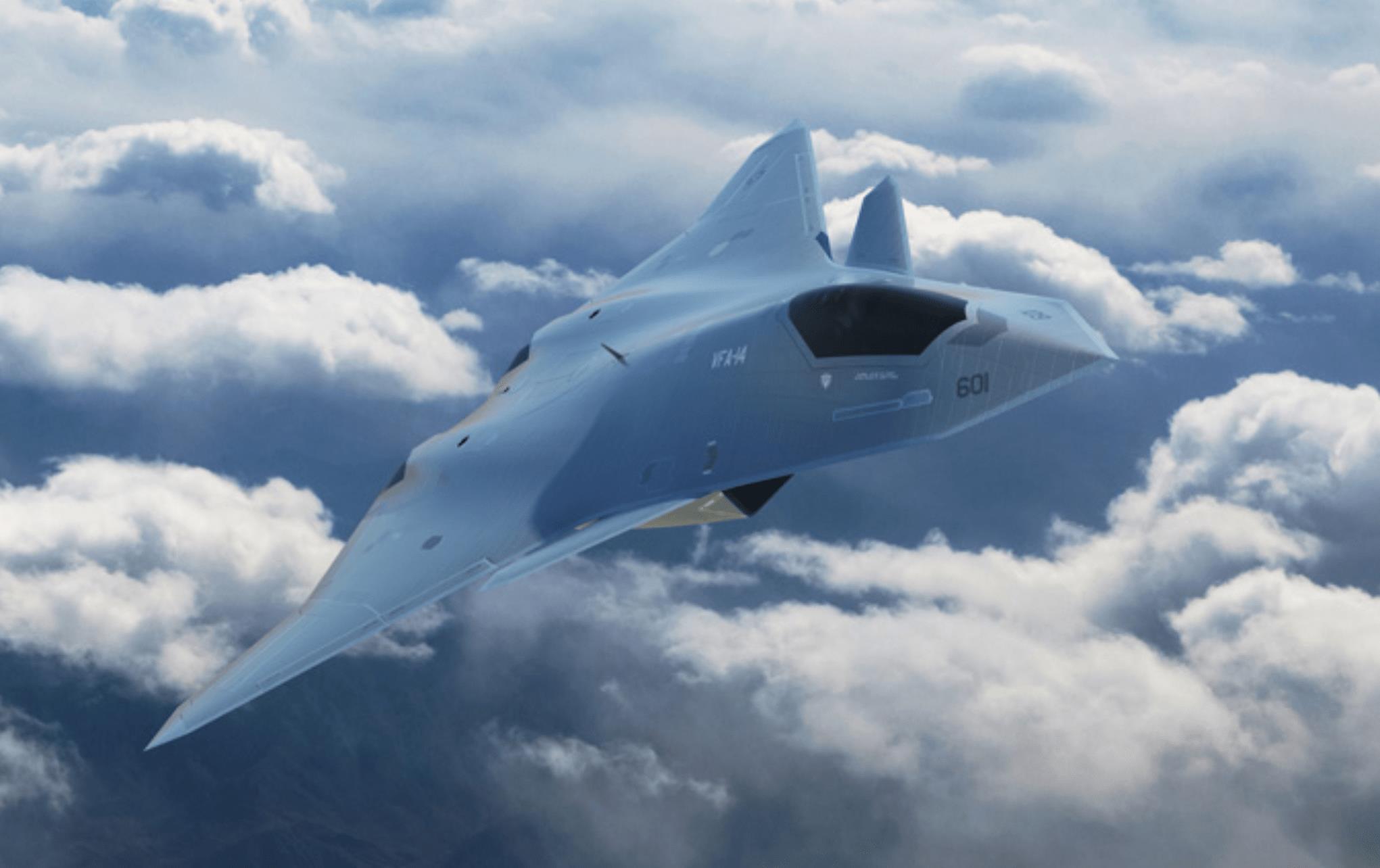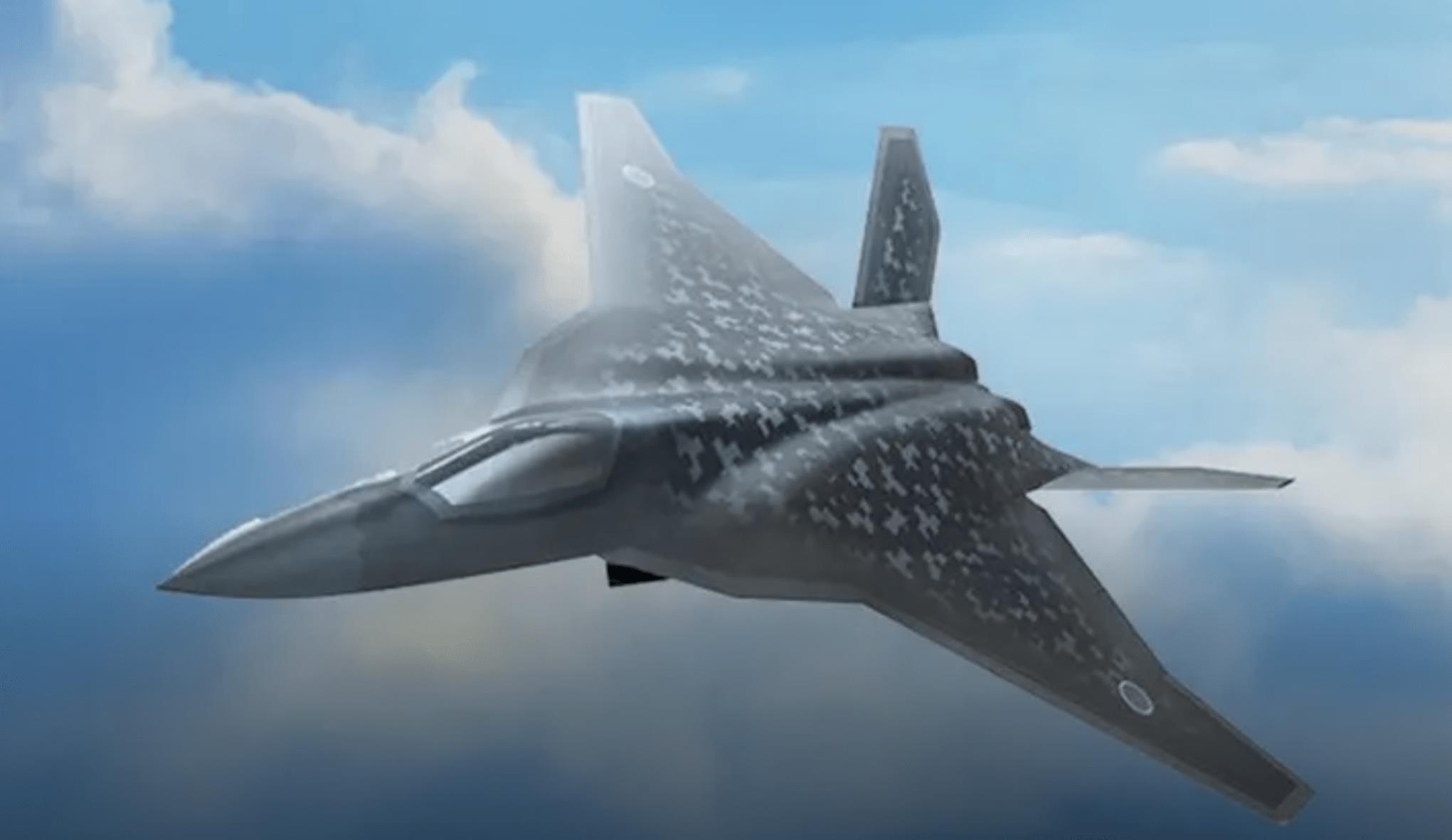(MENAFN- Asia Times) Is America losing the war, on a sixth-generation fighter jet?
Listening to USAF officials at the recent Air Force Association's Air, Space and cyber conference in National Harbor, Maryland, one might get that idea.
“We do not want to be on the other side of coming in second in air superiority,” said the leader of the Air Force's Air Combat Command, Gen. Mark Kelly.
“I would like to have more of a sense of urgency and a whole-of-nation effort towards it,” he said, something akin to the Manhattan Project that developed the first nuclear weapons during World War II, National Defense reported.
He continued with the A-bomb comparison, saying developers in the Manhattan Project knew that coming in second“would be a really bad place to be.”
“We're in the business of putting adversary airplanes in the dirt or scaring them so much so they bury themselves,” he said.
The US Air Force is pursuing its secretive Next-Generation Air Dominance program, also known as NGAD, which is said to entail two or more models of aircraft.
Assuming adversaries will eventually field their own next-gen aircraft, Kelly said he at least wanted a wide margin between the US coming in first, and them trailing behind.
“Do I think we're going to field it? Yes. Do I think we're going to build it before our adversaries? Yes. Do I know we are going to build it before them? … I would like to sleep comfortably knowing we've got a really good margin,” he said.
When asked if he would like to see more funding, Kelly answered“yes.”
The USAF has reportedly recently designed, built and tested a prototype of the new fighter. The demonstrator was developed and flown in a year.
It remains unclear who designed and developed the prototype, but it is understood that advanced manufacturing technology was used to develop it.

An artist's concept of a sixth-generation fighter. Engineers at Raytheon Intelligence & Space imagine the systems that could fly aboard future aircraft. Credit: Courtesy Raytheon.
Engineers say sixth-gen fighters will include self-landing systems, designed to land autonomously on aircraft carriers, Popular Mechanics reported.
And then there's artificial intelligence, which will function as a sort of copilot.
AI could oversee the jamming of enemy radars and monitor for threats to the plane, like incoming missiles, and then automatically launch chaff or flares to deter missiles.
It could also be used to fly a“loyal wingman” drone, a semi-autonomous uncrewed aircraft that could fly alongside crewed fighters.
Essentially, sixth-generation fighters could have a piece of gear that does multiple jobs, replacing different systems typically seen on today's aircraft. This hardware would include adaptable software that changes between tasks in mere nanoseconds.
“You no longer have a radar, no longer have electronic warfare, no longer have a radio,” said Jason“Tex” Clark, director for Advanced Mission Systems at Raytheon Intelligence & Space (RI & S).
“Instead, you have multifunction hardware that does it all and can be repurposed very quickly – switching between functions so quickly it seems instantaneous.”
The computer processing power for sixth-gen fighters will reach staggering levels, taking the sophisticated mission computers aboard today's aircraft and essentially turning the planes into“flying data centers.”
“Next-generation multifunction systems will produce orders of magnitude more data than previous systems,” said Tomek Rys, business development director for Communications & Airspace Management Systems at RI & S.
“On-board compute clusters composed of high-performance, ruggedized processors will effectively put a data center in the sky. These systems will leverage artificial intelligence to turn data into information in real time. The result will be faster decision making.”

The Mitsubishi F-X is a sixth-generation stealth fighter in development for Japan and the nation's first domestically developed stealth fighter jet. Credit: Japanese Ministry of Defense.
Meanwhile, almost a year after it selected Mitsubishi Heavy Industries to develop the US$40 billion F-X (to be christened as the F-3), Japan has also been reported to be a part of the UK-led Future Combat Air System (FCAS), Eurasian Times reported.
The UK-led FCAS called“The Tempest” involves Sweden and Italy and aims to field a core fighter and a range of new technologies by 2035.
The UK's program director, Air Commodore Johnny Moreton, was quoted as saying:“We've been in negotiation, conversations and some pilot projects. Nothing necessarily too complex at the moment.
“We're doing a joint engine viability study with Japan at the moment, and that's quite exciting.
“They have an F-X program that has a very similar time frame to us, 2035. The threat is very similar to the one that we are anticipating, and in terms of an industrial nation, clearly, they sit at the top table, as do we.”
Tempest is the cornerstone of Britain's FCAS that is intended to replace many of the country's existing fighters in the 2040s, Interesting Engineering reported.
Apart from delivering high-tech capabilities to UK defense, the program is also expected to contribute £26.2 billion to the country's economy while supporting 21,000 jobs and improving investments, innovation, productivity, and skills across the region.
“We are on track to deliver an ambitious program for the UK, which will provide a highly advanced and sophisticated air defense capability, capable of countering future threats and safeguarding our national security and defense,” said Chris Boardman, Group Managing Director of BAE Systems Air Sector.
“The coming years represent one of the most exciting periods in the history of our industry and, as a team, we have a chance to be part of something genuinely historic, transforming the way we develop and deliver.”

The advanced technology on the sixth-generation Tempest fighter jet could actually leap-frog that of the F-35 American jet fighter. Credit: BAE Systems.
China is also looking forward to building its own next-gen fighter jet by 2035, and Beijing clearly wants to send a signal to the rest of the world that it will build it better than the Americans.
Reports suggest that Shenyang Aircraft, which is a subsidiary of the state-owned Aviation Industry Corporation of China, is conducting research on“thermal adaptation and integration of structure and function.”
“China's sixth-generation fighter will come into being by 2035 or earlier,” Wang Haifeng, a chief architect at Chengdu Aircraft Research and Design Institute who also participated in the development of the J-20 and J-10, told Global Times .
The sixth-generation fighter jet (J-25 or J-28) may include the ability to command drones, artificial intelligence, and even higher stealth capability through aerodynamic design.
New technologies, such as laser, adaptive engines, hypersonic weapons, and swarm warfare, might also be integrated with the new aircraft, Wang told Ordnance Industry Science Technology, a Xi'an-based periodical on national defense industries.
China's new FL-6 wind tunnel, which was built to support the new fighter aircraft program, became operational in May 2020 by performing a flow field test for an undisclosed new aircraft.
Referring to the new aircraft, the J-20 jet's chief designer Yang Wei had said in an earlier CCTV program that China will design a“very different aircraft in the future through true innovation.”
Approved for construction in 2012 and based in Shenyang, Northeast China's Liaoning Province, the 6,620-ton, 17,000-cubic meter machine is China's first large continuous transonic wind tunnel.
It is a fundamental and strategic facility crucial to China's aviation industry, as it will decide the shape of China's future warplanes.
Early reports said the proposed jet would compete with the Franco-German FCAS or the British Tempest.
Russia's new sixth-generation aircraft, the MiG-41, also known as PAK-DP, is a future interceptor that reportedly will be able to operate at extremely high altitudes at speeds exceeding Mach 4.
The MiG-41, a long-range interceptor, is touted to be a replacement for the aging MiG-31 interceptor, Air Force Technology reported.
Being developed by Mikoyan, the fighter will be equipped with an interceptor missile system that will provide the capability to intercept hypersonic missiles. The aircraft could be modified to create an unmanned variant in future.
The new interceptor is expected to be equipped with long-range air-to-air missiles, advanced target search and detection equipment, and stealth technology. The Russian Air Force is anticipated to induct the MiG-41 in the 2030s.
Sources: National Defense, Eurasian Times, Popular Mechanics, Global Times, National Interest, Interesting Engineering, Air Force Technology, Raytheon Intelligence & Space, DefenseWorld.com
.
MENAFN26092021000159011032ID1102865873